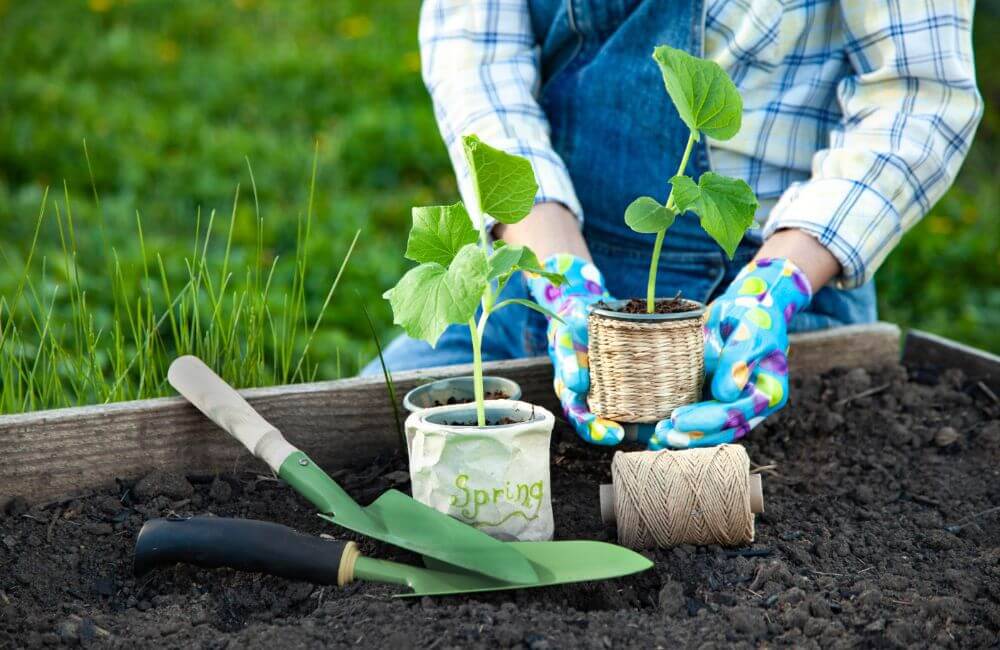Unlock Room to Pursue Life— Enjoy Up to 50% Off Storage Units! Rent Online Today!
Unlock Room to Pursue Life— Enjoy Up to 50% Off Storage Units! Rent Online Today!
Home > Blog > How to Prepare Your Garden for Spring

To dwell is to garden.
~ Martin Heidegger ~
Many of us who garden during the warm seasons feel this way about our green-thumb hobby. And thankfully, the weather is finally warm enough to get started (if you haven’t already). If this is your first year preparing a garden, you may have some questions such as what to plant in spring or how to prepare the soil. Here are some tips to help you start.
1. Get your tools in working order.
Unless you’re buying all new gardening supplies, your equipment from last year will need some maintenance since they’ve been in storage all winter. Clean and sharpen spades, shovels, and pruners. Use a bucket of warm water, cleaner, and a stiff brush to clean all the metal parts. After your tools dry, sand down the wooden handles with sandpaper or a sander. If you see any rust, you can sand that off at the same time. Finally, oil down the whole tool to add a layer of protection and keep the handles from drying out.
2. Do a little clean-up.
If you have any perennials or grasses from last year, trim them back for a healthier regrowth this year. Cutting them down to 3-4” can help keep pesky critters like rabbits and squirrels from snacking on the new growth.
Now is also the right time to start pruning any fruit trees and bushes, including summer blooming ones.
3. How to prep soil for garden.
If you want healthy plants this year, you need to have healthy soil. The better shape it’s in, the less pesticide and fertilizer you’ll need. Good soil should be loose and filled with plenty of air and minerals for plant growth. You should also know what type of soil you have.
One of the easiest ways to see if your soil is healthy is to have it tested either through a professional facility or with a soil testing kit. After testing, a quick way to improve your garden soil is to add compost or aged manure.
Next, to get your soil ready for planting, work the ground so it’s nice and soft. When you start planting your garden later, you’ll be able to move through the process much faster.
4. What to plant in spring.
We’re making our way out of cooler weather, so if you haven’t planted your cool-season vegetables yet, you should do it now. These are plants that can survive future frosts such as:
If you have the space for it, some of the warmer-weather varieties will do well under fluorescent lights indoors:
Once the weather warms up enough so that you know there will be no more frost overnight, you can start replanting them outside. Just make sure the seeds have already sprouted so they’ll survive the transplant.
When you live in Virginia, West Virginia, or Maryland, you don’t really have the opportunity to garden all year long. So that means when the gardening season is over, it’s important to store our tools away for the winter. If you don’t have space in your home or a tool shed, consider a storage unit with Self Storage Plus. We offer month-to-month contracts, so if you just need the unit to keep your equipment for a few months during the winter, you’re not tied to a full year’s contract.
Find a location near you, and store your tools with Self Storage Plus!
Related Articles
Copyright 2024 Self Storage Plus